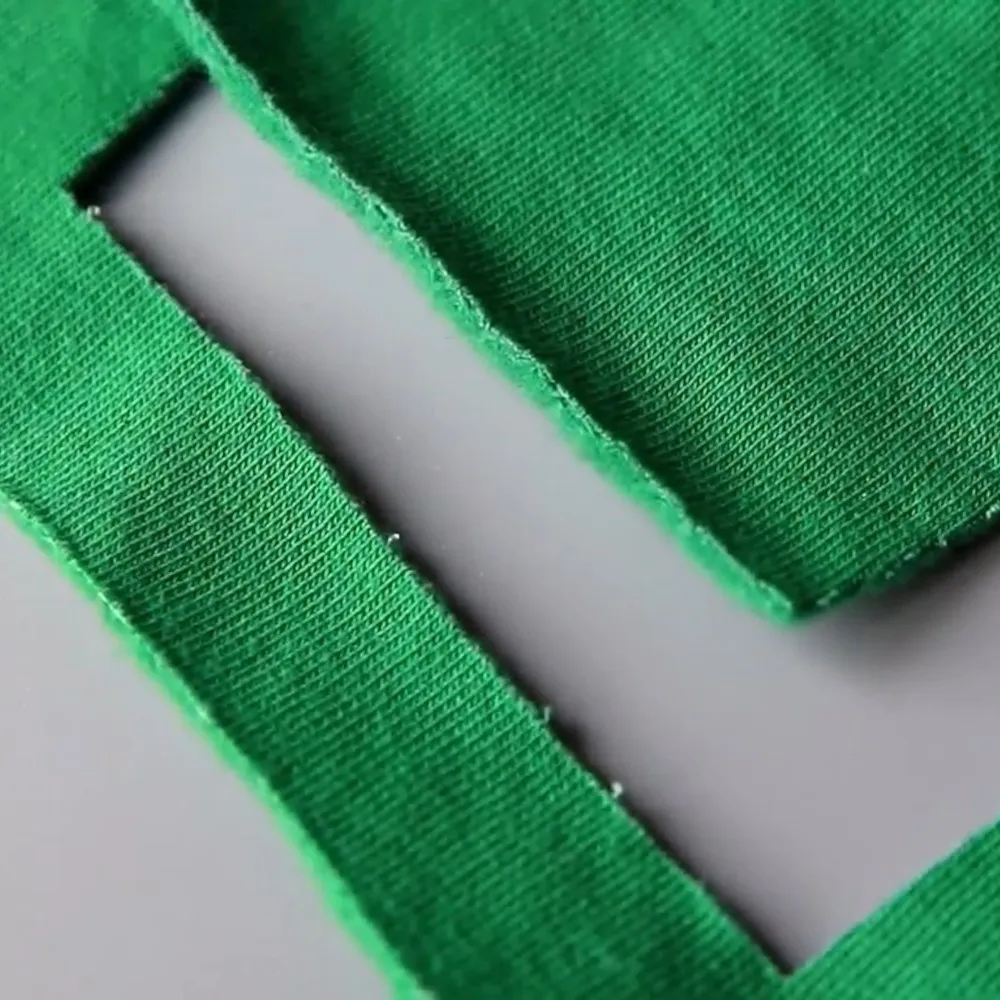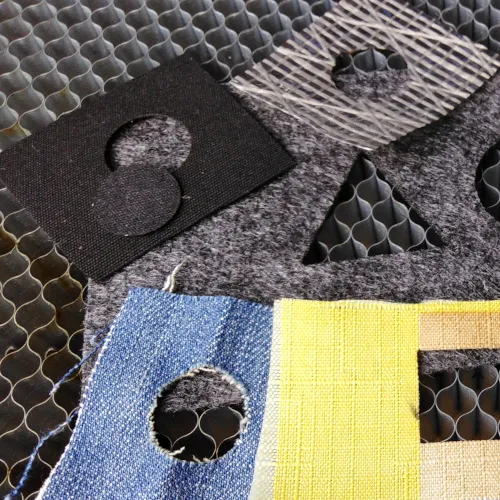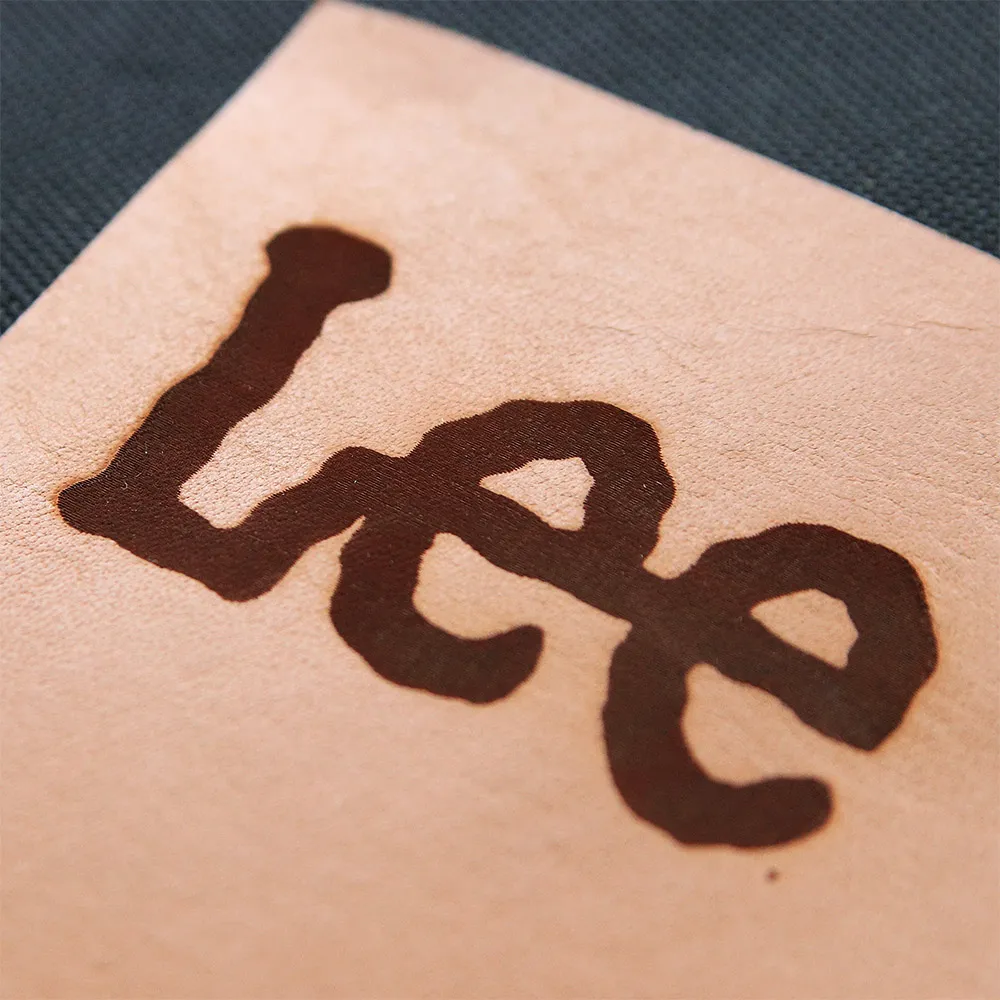Laser marking and engraving on fabrics and textiles
The textile industry uses lasers throughout the production chain, from fabric cutting to finishing and decoration. Marking and engraving applications are primarily used in these parts of the production process.
Both applications employ high power lasers as energy sources to remove layers of material of varying thickness. Depending on how much energy the laser transfers to the material, more or less deep layers of material are removed, resulting in different material changes. It is precisely these differences that distinguish marking from laser engraving. When the processing affects the top layer of the material and its deformation is not radical, we are talking about laser marking. In contrast, the same can be said of laser engraving, when the laser beam removes a uniform layer of material. The engraving is deeper and pleasant to the touch.
Laser Marking and Engraving properly are used for fabric decoration and / or fabric labeling.



Laser Marking and Engraving for fabric decoration
Laser decoration allows designers to let their creativity run wild. Various decorative effects and details can be created on the fabric using a marking or laser engraving process. These range from simple geometric patterns, to the transfer of grayscale images, to decorative details with a three-dimensional effect. The embellishment of denim fabric is a perfect example of how this application has become popular in the apparel industry. Demin’s laser marking has revolutionized the processing of this fabric. Traditionally, the finishing process of denim has included various steps such as washing, sandblasting and abrasion. These processes were used to give jeans a particular look, shade, or worn look through cuts and abrasions. The problem with these processes is that they are highly polluting and consume a large amount of resources. consumption and have a significant negative impact on the environment. Laser finishing of denim allows us to significantly reduce the production time of our products, optimize the production process, perfectly reproduce different types of denim washes and create every detail with great flexibility. All of these results can be achieved by the energy transfer of the laser to the material surface rather than the aforementioned resource consumption.
Final Product Labeling and Traceability
In a world where automation is becoming more prevalent, the process of imprinting information on materials is becoming more demanding. Barcodes, alphanumeric information, product properties and maintenance information can be applied using laser her marking and engraving. The advantage of this type of application is that laser-engraved or marked information is indelible, wear-resistant and tamper-proof. The manufacturer saves some production costs and has a fully automated production process in terms of logistics and traceability.

